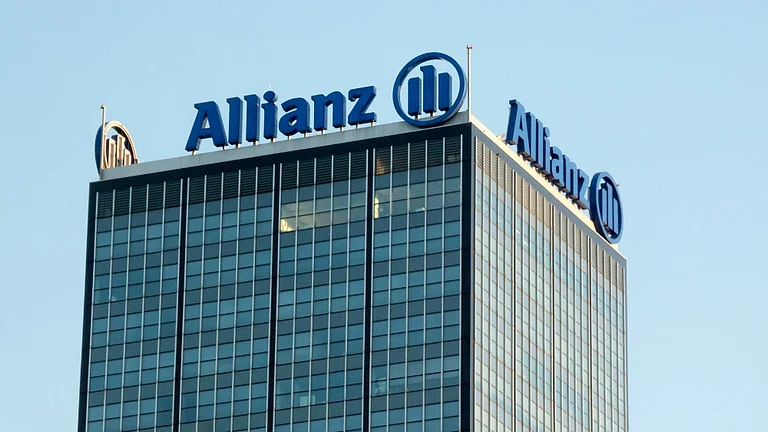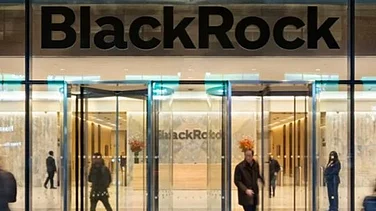
Goldman Sachs plans job cuts and hiring slowdown amid its AI-driven overhaul.
The firm’s “OneGS 3.0” initiative aims to enhance client management and operations through AI.
Q3 profit surged to $4.1 billion, beating Wall Street expectations.
Strong investment banking and advisory revenue drove a 42% jump in fees this quarter.
Global financial major Goldman Sachs has reportedly informed its employees of potential job cuts and hiring slowdown through the end of the year as the company is preparing to make significant use of artificial intelligence in order to boost internal productivity.
In a internal memorandum accessed by Reuters, which was signed by CEO David Solomon, President John Waldron, and CFO Denis Coleman, the firm's strategic AI push termed "OneGS 3.0" has been outlined.
The memo further pointed out several critical areas targeted for AI enhancement like client management and operation.
Additionally, the leadership team expressed confidence in the move stating, "The rapidly accelerating advancements in AI can unlock significant productivity gains for us and we are confident we can re-invest those gains to continue delivering world-class solutions for our clients."
In addition to that, the anticipated job cuts follow a period of major internal shifts at the firm. This year, the firm pulled forward its annual staffing reductions to the second quarter, rather than the usual September timeline. This exercise typically aims for a headcount reduction of 3% to 5% based on performance.
Goldman Sachs also implemented significant leadership changes this year, introducing co-heads across its major divisions and adding six new members to its management committee. It also brought forth a new financing division.
Thereby, this focus on AI suggests a strategic push by the company to streamline operations and dedicate resources towards technology-driven efficiency.
Besides the AI push, the company surpassed Wall Street expectations for its third-quarter profit on Tuesday, mainly due to a surge in its investment banking division and increased revenue from managing client assets in rallying markets.
In addition to that, the firm's advisory business proved exceptionally strong, fuelling the impressive results. Its investment banking fees rose by 42% year-on-year to reach $2.66 billion for the quarter ended 30th September.
This surge was largely fuelled by a 60% surge in advisory fees, alongside increases in both debt and equity underwriting fees.
The firm also posted an overall quarterly profit of $4.1 billion, translating to $12.25 per share. This comfortably exceeded Wall Street's consensus expectation of $11 per share.
































